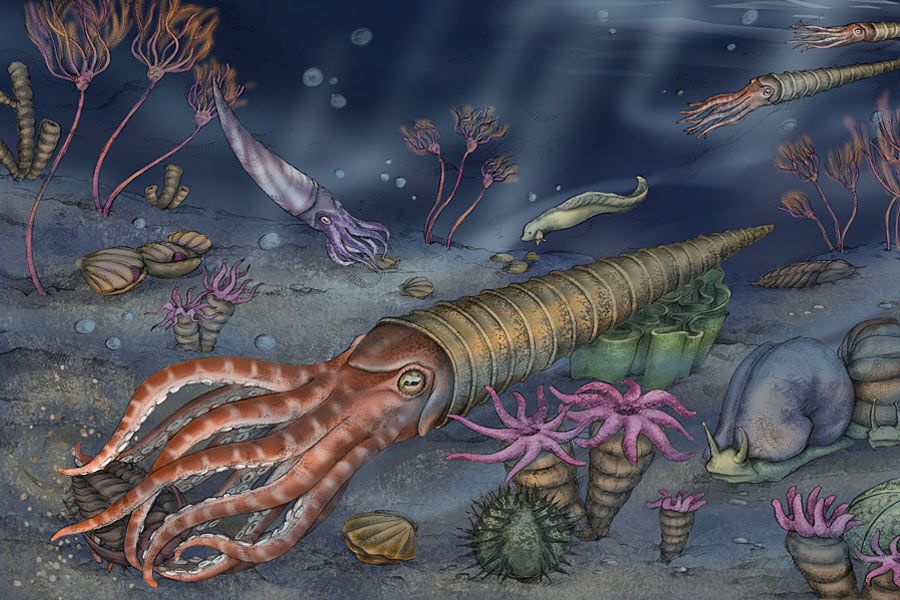We are all the result of a single genetic trick handed down from generation to generation nearly four billion years, to such an extent that you can take a fragment of human genetic instruction, patch it into a faulty yeast cell, and the yeast cell will put it to work as if it were its own. In a very real sense, it is its own.
我們都是同一遺傳戲法的結果。那種戲法一代一代地傳下來,經歷了差不多40億年,到了最后,你甚至可以學上一點人類遺傳的知識,拼湊個錯誤百出的酵母細胞,真酵母細胞還會讓它投入工作,仿佛它是自己的同類。在非常真實的意義上,它確實是它的同類。
The dawn of life—or something very like it—sits on a shelf in the office of a friendly isotope geochemist named Victoria Bennett in the Earth Sciences building of the Australian National University in Canberra. An American, Ms. Bennett came to the ANU from California on a two-year contract in 1989 and has been there ever since.
生命的黎明——或者說是很像生命的東西——擺在一位友好的同位素地球化學家辦公室的書架上。她的名字叫維多利亞·貝內特。她的辦公室位于堪培拉澳大利亞國立大學的地球科學系大樓。貝內特女士是美國人,根據一個為斯兩年的合同于1989年從加利福尼亞來到澳大利亞國立大學,此后一直留在那里。

When I visited her, in late 2001, she handed me a modestly hefty hunk of rock composed of thin alternating stripes of white quartz and a gray-green material called clinopyroxene. The rock came from Akilia Island in Greenland, where unusually ancient rocks were found in 1997. The rocks are 3.85 billion years old and represent the oldest marine sediments ever found.
2001年底我去拜訪她的時候,她遞給我一塊不起眼的又重又大的石頭。它由帶細條紋的白色石英和一種灰綠色的名叫斜輝石的材料組成。石頭來自格陵蘭的阿基利亞島。1997年,那個島上發(fā)現了極其古老的巖石。那些巖石的年代已達38.5億年之久,代表了迄今為止發(fā)現過的最古老的海洋沉積物。
We can't be certain that what you are holding once contained living organisms because you'd have to pulverize it to find out, Bennett told me. "But it comes from the same deposit where the oldest life was excavated, so it probably had life in it" Nor would you find actual fossilized microbes, however carefully you searched.
“我們沒有把握,你手里拿著的玩意兒里邊去是不是存在微生物。你非得將它敲碎了才能搞明白。”貝內特對我說,“但是,它來自過去掘過最古老的生命的同一礦床,因此它里面很可能有過生命。”無論你怎么仔細搜尋,你也找不到真正的微生物化石。












